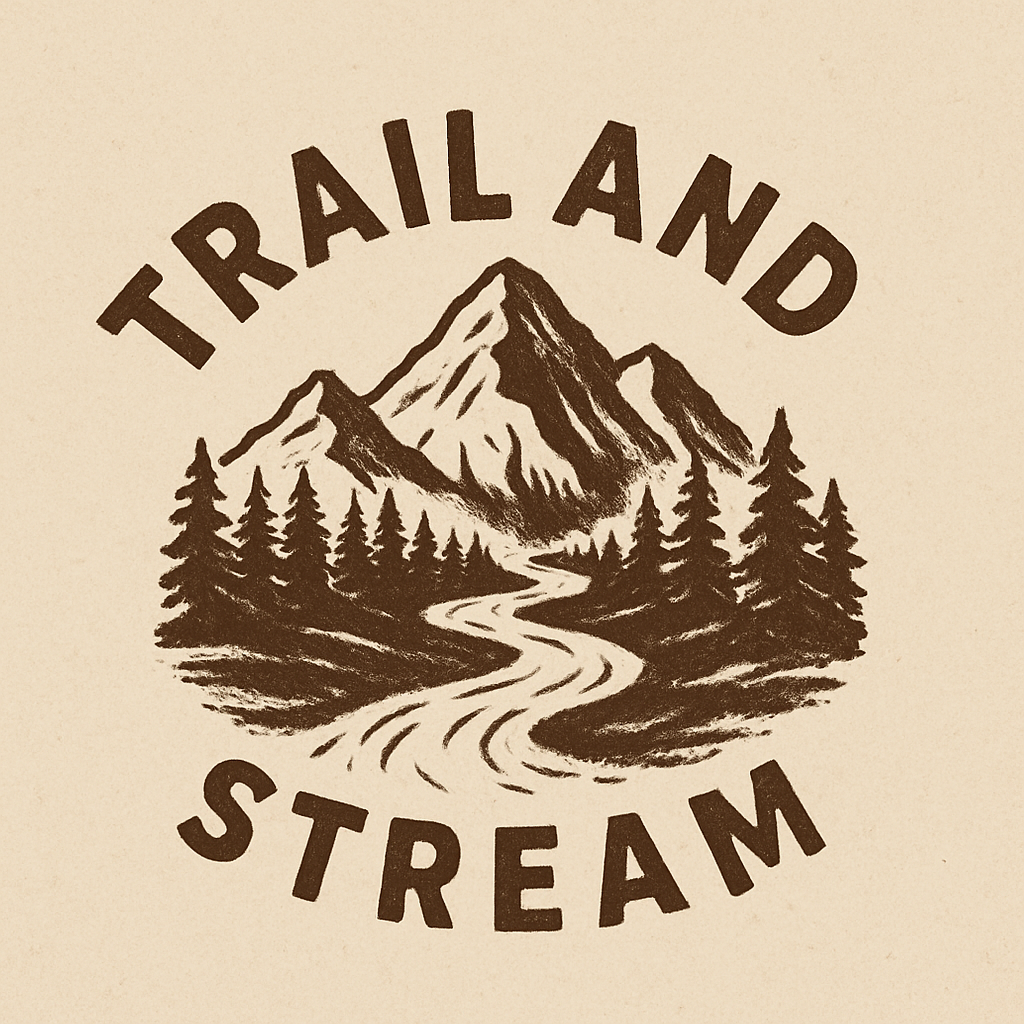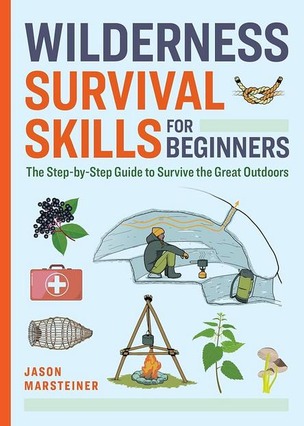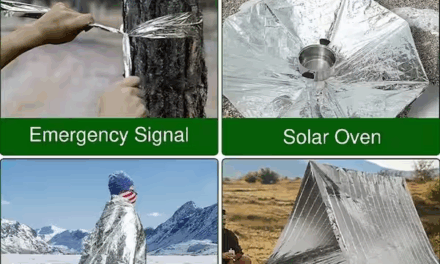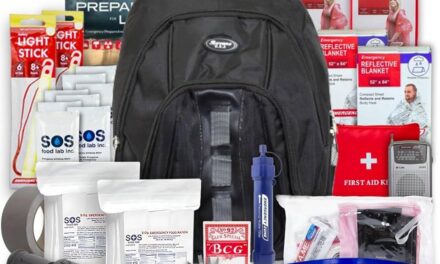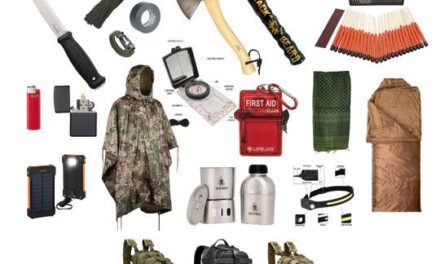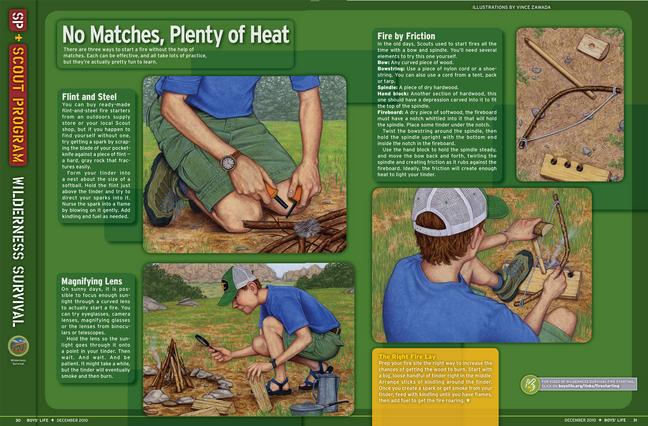Survival Skills for Beginners: Essential Knowledge for Outdoor Safety and Emergency Preparedness
When heading into the outdoors or facing an unexpected situation, having basic survival skills is crucial. These skills help you stay safe, confident, and prepared when things don’t go as planned. Whether you’re camping, hiking, or just exploring nature, understanding how to survive in the wild can make all the difference.
If you’re new to outdoor adventures or emergency preparedness, learning survival skills for beginners is a vital step toward ensuring your safety in the wild. Starting with simple, foundational skills allows you to gradually build your confidence and competence. These abilities aren’t just for experts—they’re essential knowledge that could help you or others in a tight spot.
In this guide, you’ll learn the core survival skills everyone should know, especially those just starting out. Let’s explore how to prepare for the unexpected and stay safe in the wilderness.
Table of Contents
Understanding Wilderness Survival
Wilderness survival is the ability to meet your basic human needs—shelter, water, fire, and food—when far from civilization. It’s a mix of practical knowledge, mental resilience, and the right gear.
To survive in the wild, you need more than just tools. You need the right attitude: staying calm, making rational decisions, and adapting to whatever environment you’re in. Your mindset is just as important as your skills. Practicing things like staying composed and focused can help you respond effectively when emergencies happen.
Key points:
- Involves practical skills and mental strength
- Focuses on basic needs: shelter, water, fire, food
- Requires the right attitude: calmness and rational decision-making
“Mental resilience is often the difference between life and death in survival situations.” — Wilderness Awareness
Essential Survival Skills for Beginners
Basic Shelter-Building Techniques
Protecting yourself from the elements is vital. Shelter keeps you dry, warm, and safe from insects and wildlife, preventing issues like hypothermia.
Key tips:
- Use natural materials: branches, leaves, bark
- Find a dry, protected spot, away from hazards like falling branches or flood zones
- Common designs:
- Lean-to: Propped against a natural support
- Debris hut: Piling leaves or bark for insulation
- Using a tarp: Easy to set up and move
- Focus on quick, effective construction steps, such as clearing the ground and making sure the shelter is dry
Best practices: Always prioritize dry locations with some natural windbreaks to improve shelter effectiveness.
Sources: Twine Eagles
Finding and Purifying Water
Water is essential; humans can only survive about three days without it. Finding safe drinking water in the wild is a top priority.
How to find water:
- Streams, rivers, and springs
- Collect rainwater or dew (use cloths or leaves)
- Look for moist soil or plant roots
Purification methods:
- Boiling: Boil water for at least 1 minute (3 minutes at high altitudes). This kills most bacteria and parasites.
- Filtering: Use natural filters like sand and charcoal, or portable filters designed for wilderness use.
- Chemical purification: Tablets or UV purifiers destroy pathogens.
Important: Contaminated water can cause illness, so always purify before drinking.
Starting a Fire Safely and Efficiently
Fire is a survival cornerstone—it provides warmth, helps cook food, signals rescuers, and boosts morale.
Methods include:
- Modern tools: Waterproof matches, ferrocerium rods
- Primitive techniques: Friction methods like bow drills or hand drills
- Solar: Using lenses or reflective surfaces to concentrate sunlight
Collect tinder and kindling:
- Dry leaves, bark, moss, or cotton balls soaked in petroleum jelly
- Gather enough to build and sustain the fire
Fire lay ideas: Teepee, log cabin, or Dakota hole, depending on conditions
Safety tips:
- Clear a safe fire area, free of dry leaves or grass
- Watch for wind, and never leave a fire unattended
- Extinguish completely with water or dirt when done
Basic Navigation and Orientation in the Wild
Getting lost can be dangerous, so navigation skills are critical.
Skills include:
- Using a compass and map; understanding how to set and follow bearings
- Recognizing natural signs:
- Sun: Rises in the east, sets in the west
- Stars: The North Star in the Northern Hemisphere indicates north
- Vegetation: Moss often grows on the north side of trees
- Recognizing landmarks and creating mental maps
Practicing these skills helps you find your way back or locate safety.
Sources: Red Cross
Recognizing Edible Plants and Wildlife
In survival, knowing what plants and animals are safe to eat can provide vital nutrition.
Basic tips:
- Only eat plants and animals you can positively identify as safe
- Avoid shiny, brightly colored, or odd-smelling plants—they may be toxic
- Use survival foraging guides specific to your area
Remember: Proper identification is essential to avoid poisoning or other dangers.
Signaling for Help and Attracting Rescue
If you’re lost or injured, signaling can get help faster.
Visual signals:
- Signal fires that produce distinct smoke
- Using mirrors or shiny objects to reflect sunlight
- Arranging rocks or foliage into large signals (like SOS or a big X)
Auditory signals:
- Shouts, whistles, or banging on objects
- Patterned sounds, such as three bursts or knocks (the universal distress signal)
Remember: Make your signals as visible or loud as possible, and stay near them.
Knot-Tying Skills
Knot-tying has many uses, such as building shelters, securing gear, and creating traps.
Practice these fundamental knots:
- Bowline: Creates a secure loop
- Taut-line hitch: Adjustable tension knot
- Square knot: Ties two ropes together securely
Tips: Practice tying knots until they’re quick and reliable. Use them to make life easier in critical moments.
How to Survive in the Wild
Prioritizing Using the Rule of 3s
This rule helps focus on what’s most urgent:
- Air (3 minutes): Keep an eye on breathing and avoid suffocation
- Shelter (3 hours): Protect yourself from extreme weather
- Water (3 days): Find and purify water
- Food (3 weeks): Gather edible plants or hunt if possible
Sticking to this order ensures you address the most life-threatening issues first.
Staying Calm and Making Rational Decisions
Your mindset is your best tool. Panic wastes energy and clouds judgment.
Stay calm by:
- Breathing deeply and slowly
- Thinking through your options
- Visualizing rescue or a safe return
Remember: Mental resilience keeps you focused and effective.
Essential Survival Gear for Beginners
Having the right gear improves your odds of survival. Basic items include:
- Sharp knife or multi-tool
- Fire-starting supplies (matches, ferro rod)
- Water purification (filter or tablets)
- First aid kit
- Emergency shelter (thermal blanket, tarp)
- Signaling tools (whistle, mirror)
- Navigation equipment (compass, map)
- Sturdy cordage (paracord)
- Appropriate clothing layers
Tips: Choose lightweight, multipurpose gear. Learn how to maintain and repair your gear before you need to rely on it. Keep everything organized in a dedicated kit for quick access.
Survival Tips and Tricks
- Regularly practice your skills to become confident
- Always notify someone of your plans and expected return time
- Pack extra supplies—more water and food than your trip requires
- Study edible plants and avoid regional hazards
- Use everyday items creatively, e.g., aluminum foil for signaling or duct tape for repairs
- Take wilderness survival courses from reputable organizations for hands-on experience
Pro tip: The more you practice, the better you’ll perform in real emergencies.
Wilderness Survival Checklist
Before embarking:
- Research your environment and weather
- Ensure gear works and is suitable
- Pack essentials: water, food, shelter, fire, navigation, signaling, first aid
- Prepare clothing for expected climate
- Bring backups: extra batteries, matches
- Share your plans with someone and check in afterwards
- Review your checklist to confirm everything is packed
Being prepared keeps surprises to a minimum.
Conclusion
Mastering survival skills for beginners transforms outdoor adventures from risky to rewarding. Learning how to build shelters, find water, start fires, navigate, and signal for help provides the foundation you need for safe exploration. As with any skill, regular practice and proper preparation are key.
Start small—practice core skills in safe environments. Consider taking courses offered by reputable outdoor training programs to deepen your knowledge and gain confidence. Remember, with the right skills and mindset, outdoor adventures can be both exciting and safe.
By mastering survival skills for beginners, you’ll be better equipped to face the unpredictable challenges of the wilderness. Embrace the learning process, stay prepared, and enjoy your time in nature responsibly.
